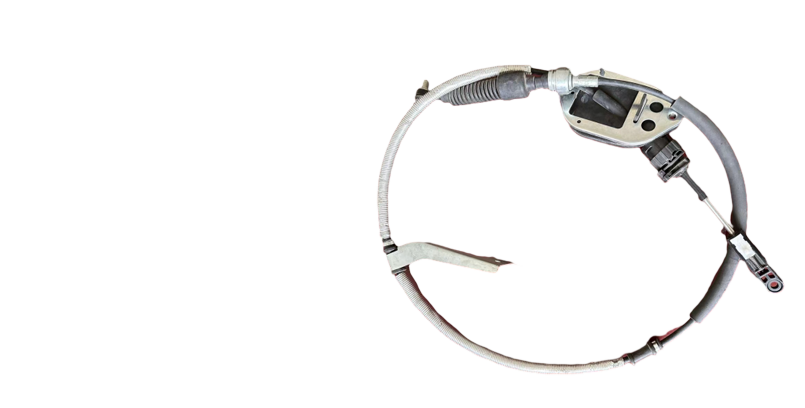Understanding the Functionality and Mechanics of Cable Hand Brakes in Vehicles
Understanding Cable Hand Brakes Functionality, Advantages, and Applications
The cable hand brake is a crucial component in numerous vehicles, particularly in older models, trailers, and certain types of machinery. Unlike hydraulic brakes, cable hand brakes operate on a simpler mechanism that utilizes cables to pull the brake pads against the wheels, thereby stopping the motion. This article will explore the functionality, advantages, and various applications of cable hand brakes, shedding light on why they remain relevant in today’s world.
Functionality of Cable Hand Brakes
At the core of a cable hand brake system lies a simple, yet effective design. The main components include the brake lever, cables, and brake assembly. When the driver pulls the brake lever, the attached cables create tension. This tension then pulls the brake pads or shoes against the wheel or drum, generating friction that slows down or stops the vehicle.
One of the key aspects of cable hand brakes is their mechanical design. They often have a ratchet mechanism that allows them to be locked in place once engaged. This feature is particularly beneficial for parking scenarios, ensuring that the vehicle remains stationary even on an incline. The simplicity of the system means that it is easier to install and maintain compared to more complex hydraulic systems.
Advantages of Cable Hand Brakes
Cable hand brakes offer several inherent advantages that contribute to their continued use in certain applications
1. Simplicity and Reliability With fewer moving parts than hydraulic systems, cable hand brakes tend to be more straightforward and less prone to complex failures. Their simplicity also means they can be easier to understand and operate for users.
2. Cost-Effective Generally, cable hand brakes are more affordable to manufacture and install. This makes them an attractive option for vehicles where budget constraints are essential.
3. Ease of Maintenance Maintaining a cable hand brake system is typically easier and less time-consuming compared to hydraulic brakes. Inspecting cables for wear and replacing them if necessary can usually be done by anyone with basic mechanical skills.
4. Performance in Specific Conditions In certain conditions, such as extreme temperatures or heavy moisture, cable brakes can outperform hydraulic systems. They are less likely to suffer from fluid leakage or boil-over issues common in hydraulic systems.
cable hand brake

5. Versatility Cable hand brakes can be used in a variety of applications beyond standard vehicles, including boats, trailers, and even some industrial equipment. This versatility ensures that they continue to meet specific needs across different sectors.
Applications of Cable Hand Brakes
Cable hand brakes can be found in numerous applications that highlight their practicality and efficiency. Here are some key areas where they are prominently used
- Automobiles Older cars, particularly those manufactured before the widespread adoption of hydraulic brake systems, often feature cable hand brakes. They serve as a reliable means of parking and emergency stopping.
- Trailers Most trailers utilize cable hand brakes to ensure that they can be safely parked and secured when detached from the towing vehicle. This feature is essential for preventing accidents and ensuring stability.
- Boats Many boat trailers use cable hand brakes to secure the vehicle when parked. Similarly, some boats may have cable-operated braking systems to provide additional stopping power.
- Industrial Equipment In various industrial contexts, cable hand brakes are used on equipment that requires reliable stopping methods. They are often employed in conveyor systems, forklifts, and other machinery.
- Bicycles Some bicycles are equipped with cable-operated braking systems, such as caliper brakes or disc brakes, showcasing the broad applicability of the cable mechanism in different modes of transport.
Conclusion
Cable hand brakes represent a simple yet effective solution for vehicle braking needs, offering reliability, ease of maintenance, and cost-effectiveness. While modern hydraulic systems dominate most contemporary vehicles, the advantages of cable hand brakes ensure they remain relevant in various applications. Understanding their functionality and benefits allows users to appreciate the design's historical significance and ongoing relevance in the evolving landscape of transportation and machinery. Whether you're securing a trailer, parking a classic car, or operating industrial equipment, the cable hand brake is a practical choice that stands the test of time.
-
Workings of Clutch Pipe and Hose SystemsNewsJun.04,2025
-
The Inner Workings of Hand Brake Cable SystemsNewsJun.04,2025
-
The Secrets of Throttle and Accelerator CablesNewsJun.04,2025
-
The Hidden Lifeline of Your Transmission Gear Shift CablesNewsJun.04,2025
-
Demystifying Gear Cables and Shift LinkagesNewsJun.04,2025
-
Decoding Clutch Line Systems A Comprehensive GuideNewsJun.04,2025
